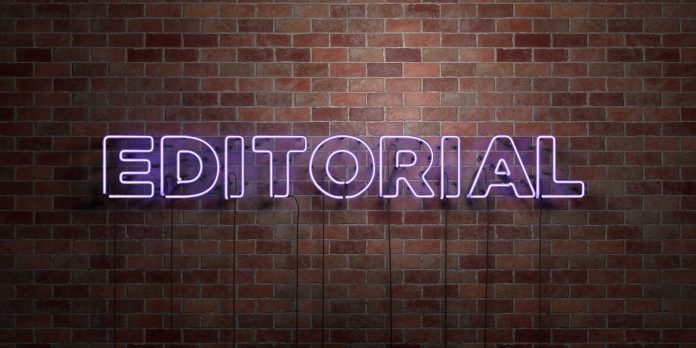On June 29, 65 school-age children from an inner-city day camp visited a private Montgomery County swim club, where they encountered what looks to be racist comments and actions on the part of member parents. Allegedly, club members removed their (white) children from the pool and made racist comments about the (mostly black and Hispanic) visitors.
The visiting children attended Creative Steps day camp, which paid $1,950 to swim on Mondays through the summer at The Valley Club in Huntingdon Valley. After the incident, the club canceled the swim contract, citing safety concerns.
The club eventually reversed its stance, saying it would invite the children back, but Creative Steps has declined to return.
Last week, a federal discrimination lawsuit was filed, and possibly another is on the way. The Pennsylvania Human Relations Commission is investigating. Parents, children and concerned citizens have protested outside the club and written letters to news media, voicing their distress that racism is still apparently alive and well in America.
Many have noted that the election of an African-American president should be a reflection of the progress the country has made on issues of race — and how unfortunate that this isn’t necessarily the case.
Truly, the incident is an unfortunate reminder of how deep-seated prejudice can be, and how difficult to rectify once revealed.
For the children involved, it’s a bitter taste of the world they live in: Instead of a summer full of learning to cannonball and swim the backstroke, they are learning hard lessons about state antidiscrimination law and civil rights. For the community at large, it’s a reminder of how vigilant Americans still need to be on issues of race.
For the LGBT community, the incident serves as a reminder that it needs to make allies with other marginalized groups that also suffer discrimination, for there is strength in numbers. While it’s true the LGBT community doesn’t have the same challenges as the black community — their differences aren’t necessarily visible — the communities have faced similar challenges and discrimination.
In some areas, the discrimination is the same: marriage, employment, housing. To be sure, the histories of the minorities are different and can’t be compared equally (hence, affirmative-action policies). But the LGBT community needs to reach out to, engage and support other minority groups, and communicate how discrimination affects us all, regardless of race or sexual orientation or gender or gender identity.
